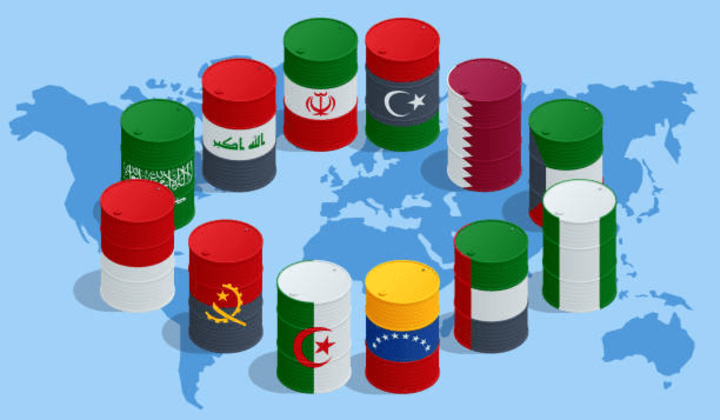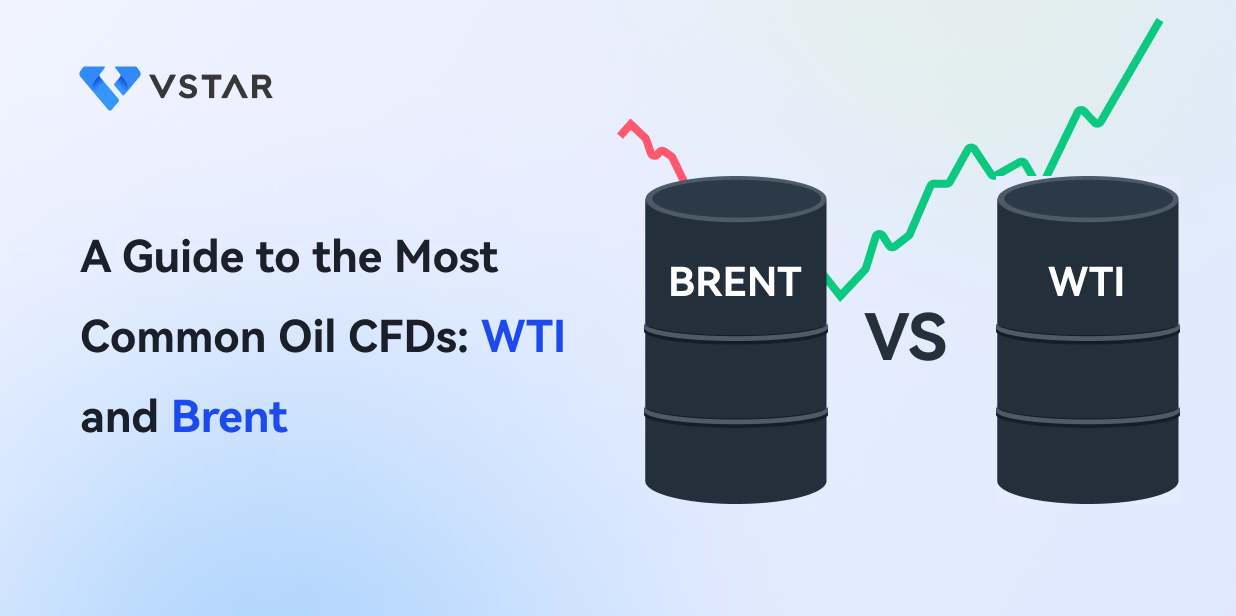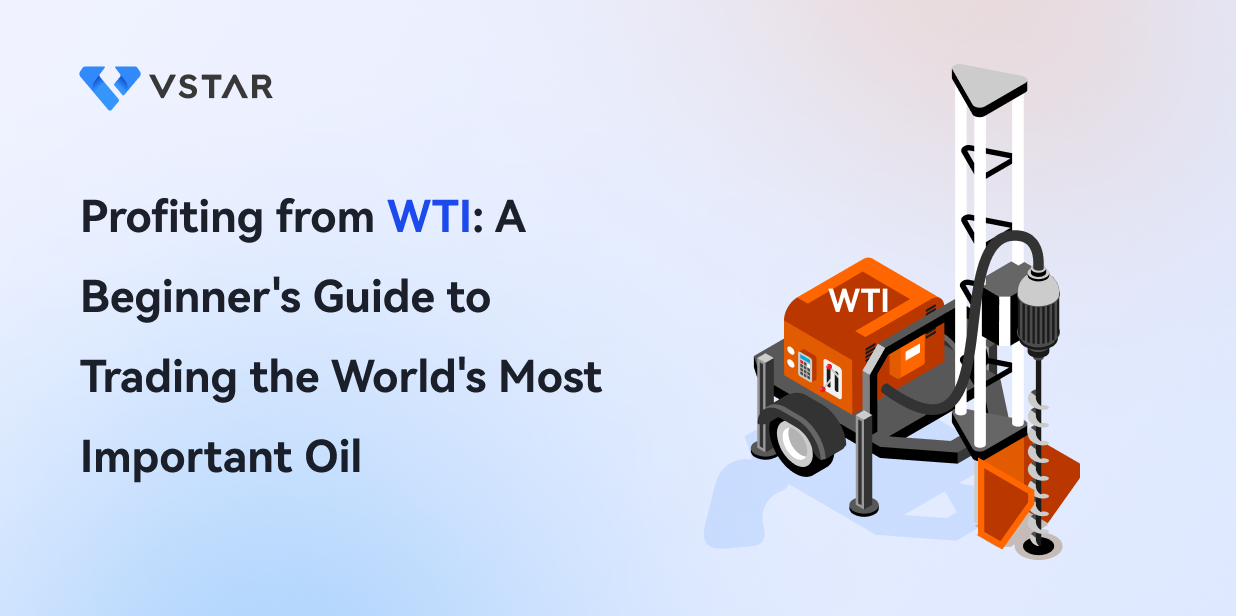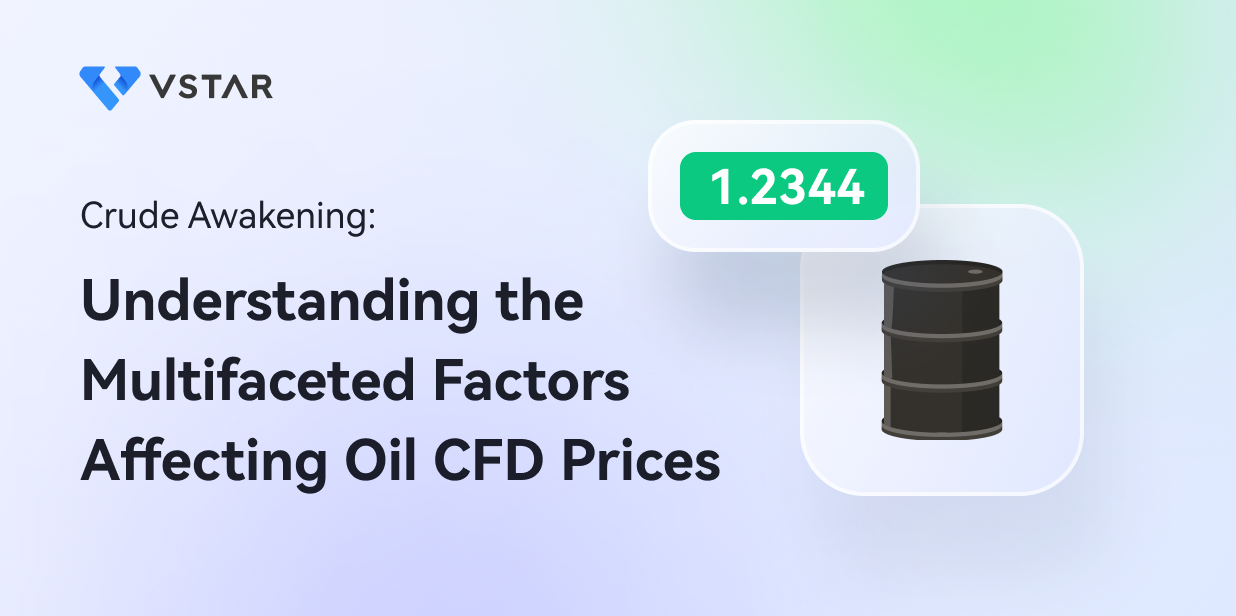Introduction
Oil prices are subject to a complex interplay between supply and demand, driven by several fundamental factors. Understanding these key drivers is critical to gaining insight into oil price movements, particularly in 2023.
The oil market is influenced by a delicate balance between how much oil is available (supply) and how much is needed (demand). Several factors influence this balance, and changes in any of these elements can cause price fluctuations.
Supply-side drivers include factors such as OPEC production quotas, U.S. shale oil production, and non-OPEC production. OPEC decisions can affect supply by tightening or loosening production quotas. The growth of the US shale oil industry can increase overall supply, depending on the break-even costs of shale companies. In addition, production levels from countries such as Russia, Canada, and Brazil affect global supply, influenced by geopolitics and production costs.
Demand-side factors include global economic conditions, technological advances, and the adoption of renewable energy. Economic growth stimulates oil demand, while advances in renewable energy alternatives can change consumption patterns.
Supply Side Factors
Supply-side factors are major drivers of oil prices and include elements that affect the production, extraction, and availability of oil in the global market. These factors include changes in oil production levels by major oil-producing countries such as OPEC and non-OPEC nations, geopolitical events affecting oil-producing regions, natural disasters or conflicts that disrupt oil supplies, and advances in oil extraction technologies.

Image Source: Unsplash
In addition, investments in exploration and production activities and decisions by major oil companies regarding production levels can affect the overall supply of oil to the market. Fluctuations in supply can lead to significant shifts in oil prices as supply and demand dynamics are affected.
In this section, we will examine the key elements that influence the supply of oil and, consequently, its price.
OPEC Production Quotas

Image Source: Unsplash
OPEC, the Organization of the Petroleum Exporting Countries, wields considerable influence over the global oil market through its production quotas. As we delve into the key supply-side factors affecting oil prices, it's important to understand the pivotal role OPEC plays.
When OPEC decides to tighten or loosen its production quotas, it has a direct impact on the supply of oil. Tightening quotas means reducing production levels, which leads to a decrease in supply, potentially driving prices higher. Conversely, when OPEC relaxes its quotas, the increased production can increase supply and put downward pressure on oil prices.
OPEC's production decisions will continue to be a critical aspect to monitor, as they can significantly affect the delicate balance of supply and demand in the oil market. As a knowledgeable friend, it's important to stay informed about OPEC's actions as they directly impact the prices you see at the pump and the overall cost of energy.
US Shale Oil Production

Image Source: Unsplash
US shale oil production is a crucial player in shaping the global oil supply landscape, and understanding its impact is essential to staying informed about oil prices. First, an increase in shale oil production directly increases the overall supply of oil. Shale oil is produced using hydraulic fracturing and horizontal drilling techniques, which allow for increased production rates.
As technology and efficiency improve, shale oil production is expected to increase, impacting supply levels in the market. However, it's important to note that the sustainability of shale oil production depends on the break-even costs of shale companies. If breakeven costs are low, shale producers can continue to operate profitably even during periods of lower oil prices.
Conversely, higher breakeven costs can lead to reduced shale production, which can affect overall supply and, in turn, oil prices. Monitoring U.S. shale oil production trends and cost dynamics will help you understand potential shifts in oil supply and make informed decisions about your energy needs in the dynamic world of oil markets.
Non-OPEC Production
Image Source: Unsplash
Non-OPEC nations, including major oil producers such as Russia, Canada, and Brazil, play a significant role in influencing the global oil supply, and understanding their impact is essential to understanding oil price dynamics.
The production levels of these non-OPEC countries have a direct impact on the overall supply of oil in the market. Geopolitical factors and production costs are critical determinants of non-OPEC supply. Geopolitical tensions, conflicts, and sanctions in these regions can disrupt oil production and affect supply levels, leading to potential price fluctuations.
In addition, production costs in non-OPEC countries also affect their ability to maintain or increase oil production. Higher production costs can limit production growth and affect the global supply picture, while lower costs can facilitate higher production rates.
Keeping a close eye on non-OPEC oil production trends and geopolitical developments will help you stay ahead of market dynamics and make informed decisions about your energy needs.
Spare Production Capacity

Image Source: Unsplash
Spare production capacity is another supply-side factor that has a significant impact on the oil market, and understanding its role is critical to understanding oil price fluctuations.
Spare production capacity refers to the excess capacity that oil producing countries have. This spare capacity allows them to quickly ramp up production in times of supply disruptions or surges in demand. When spare capacity is abundant, it acts as a safety net, mitigating supply concerns and helping to stabilize oil prices.
Monitoring spare production capacity will be critical in assessing the market's ability to respond to unforeseen events and fluctuations in demand. With higher spare capacity, there is less likelihood of drastic price spikes during supply shortages, benefiting consumers and businesses alike. Knowing the trends in spare capacity allows you to make informed decisions about your energy needs and understand the factors that shape the dynamic oil market.
Demand Side Factors

Image Source: Unsplash
Evaluating demand-side factors is essential for analyzing oil market behavior and predicting price fluctuations, as changes in demand can significantly affect oil prices and supply-demand dynamics in the global market.
Demand-side factors are crucial price drivers of oil prices and refer to elements that influence the consumption and demand for oil in the global market. These factors include overall economic growth and industrial activity in major oil consuming countries, fluctuations in the transportation and manufacturing sectors, seasonal variations in energy consumption, government policies and regulations on energy consumption, and shifts to alternative energy sources.
In addition, geopolitical tensions and developments can affect demand patterns. When demand increases, oil prices tend to rise, while decreased demand can lead to price declines. Therefore, understanding demand-side factors is critical to analyzing and predicting oil price movements.
In the next section, we will examine the critical factors that influence demand for oil and, consequently, its price.
Global Economic Growth

Image Source: Unsplash
Global economic growth is a key determinant of oil prices, as it has a significant impact on oil demand. As we navigate through 2023, economic recovery from the COVID-19 pandemic becomes a key focus in understanding oil price movements.
During periods of robust economic growth, industrial activity flourishes, and consumer spending increases. This surge in economic activity leads to increased energy consumption, with oil being a primary source of energy for transportation and manufacturing. As a result, oil demand increases, putting upward pressure on oil prices.
Conversely, oil demand tends to decline during periods of weaker economic growth or recession. Reduced industrial production and lower consumer spending result in reduced energy needs, leading to a decline in oil demand. As a result, oil prices can experience downward pressure during economic downturns.
Understanding the interplay between global economic growth and oil demand provides valuable insight into the dynamics of oil prices. Staying informed about economic indicators and their impact on oil demand allows you to make informed decisions about your energy consumption and financial planning.
Emerging Market Demand

Image Source: Unsplash
Emerging market demand is a critical factor influencing oil prices in 2023, as wealth continues to rise in regions such as Asia and Africa. Economic growth and rising middle-class populations in these areas have led to a significant increase in energy consumption, which has increased demand for oil.
In particular, China and India are important sources of oil demand growth in emerging markets. Both countries are experiencing rapid industrialization and urbanization, leading to increased energy needs for transportation, manufacturing, and other sectors. As a result, their escalating oil demand has a significant impact on global oil prices.
Rising energy consumption in Asia and Africa is not limited to these two countries. Other emerging economies in the region are also contributing to rising oil demand, reflecting the ongoing shift in the global energy landscape.
Understanding the growing demand from emerging markets enables you to understand the key drivers behind oil price movements and make informed decisions about your energy investments and consumption patterns. The dynamics of these markets will continue to shape the global energy outlook, making it essential to keep a close eye on emerging market developments in order to navigate the complexities of the oil market.
Seasonality of Demand
The seasonality of oil demand remains an important factor influencing oil prices. Demand patterns show significant fluctuations throughout the year, driven by the summer driving season and the winter heating season.
During the summer driving season, which typically begins in the second quarter, there is an upswing in travel and vacation activity, resulting in increased demand for gasoline. As people take to the roads for vacations and holidays, demand for fuel increases, causing oil prices to rise.
Conversely, during the winter heating season, which begins in the fourth quarter, colder temperatures lead to a surge in demand for heating oil and natural gas. This increased demand for heating fuels puts upward pressure on oil prices.
These seasonal variations in oil demand cause intra-year fluctuations in oil prices. Understanding seasonal trends in demand allows you to anticipate potential price movements and make informed decisions about your energy consumption and investments. Understanding the seasonality of oil demand helps you navigate the oil market more effectively and plan your budget accordingly.
US Dollar Value

Image Source: Unsplash
The value of the US dollar plays a key role in determining oil prices. There is an inverse relationship between the dollar and oil prices: when the US dollar weakens, oil prices tend to rise, and vice versa.
Since oil is traded globally in US dollars, a weaker dollar makes oil relatively cheaper for buyers in other currencies. As a result, countries with stronger currencies find it more affordable to buy oil, leading to increased demand and consequently higher oil prices. Conversely, a stronger U.S. dollar makes oil relatively more expensive for international buyers, dampening global demand and lowering oil prices.
Understanding the impact of the U.S. dollar on oil prices helps you understand the dynamics of the energy market. Changes in the value of the dollar can have a significant impact on your energy costs, investments and overall financial decisions. Keeping a close eye on the U.S. dollar and its impact on oil prices allows you to make informed decisions, optimize your energy spending, and navigate the complexities of the global oil market.
Conclusion
The determination of oil prices is a complex interplay of various supply and demand factors. As we delve into the world of oil price dynamics, it becomes clear that the energy market is shaped by multiple factors.
On the supply side, OPEC production quotas have a significant impact on oil prices. Tightening or loosening these quotas can have a direct impact on global supply levels. In addition, the growth of US shale oil production is a critical factor. The break-even costs of shale companies dictate the extent to which overall supply will increase.
On the demand side, global economic growth plays a key role. Stronger economic growth leads to increased industrial activity and higher oil demand. Conversely, periods of weaker economic growth tend to reduce demand.
Taking these factors into account allows for an insightful analysis of oil price trends. As an informed investor, understanding these key drivers enables you to make informed decisions about your energy needs, investments, and financial planning. By closely monitoring the dynamic interplay of these drivers, you can confidently navigate the ever-changing landscape of the oil market.





